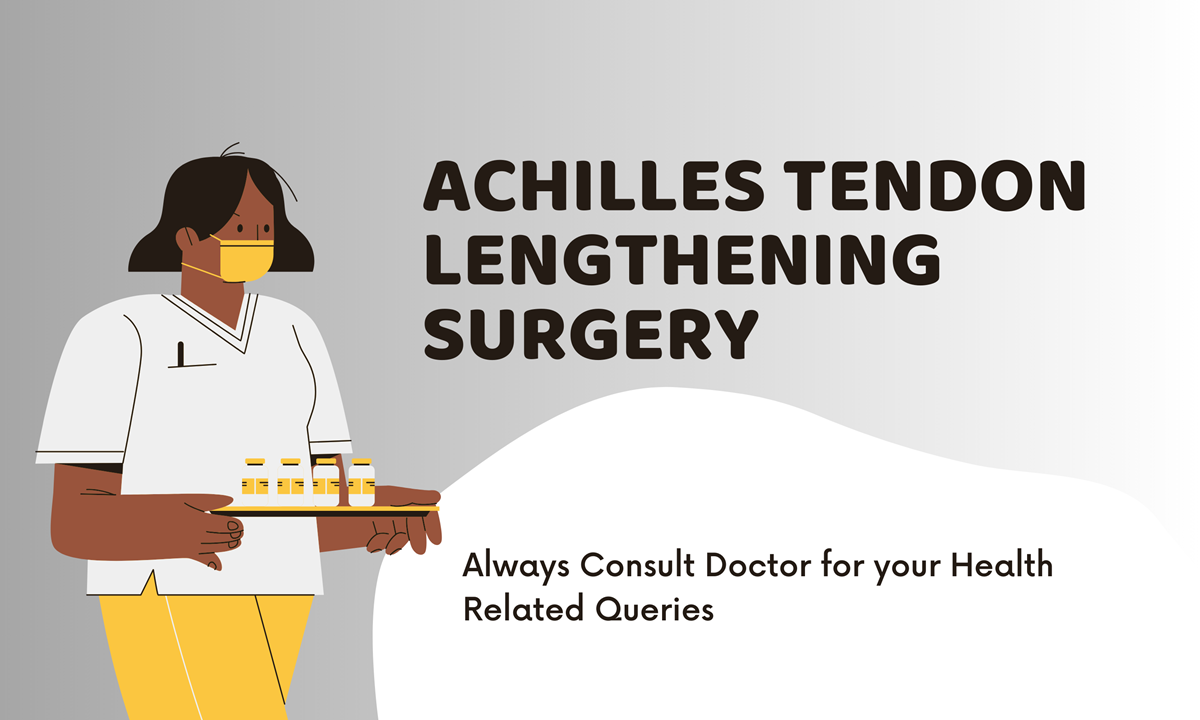burr hole surgery success rate
Burr hole surgery, a minimally invasive surgical procedure where small holes are drilled into the skull to relieve pressure, drain fluid, or treat certain brain conditions, is often used for conditions like chronic subdural hematoma, hydrocephalus, and brain abscesses. The success rate of burr hole surgery can vary depending on the specific condition being treated, … Read more










